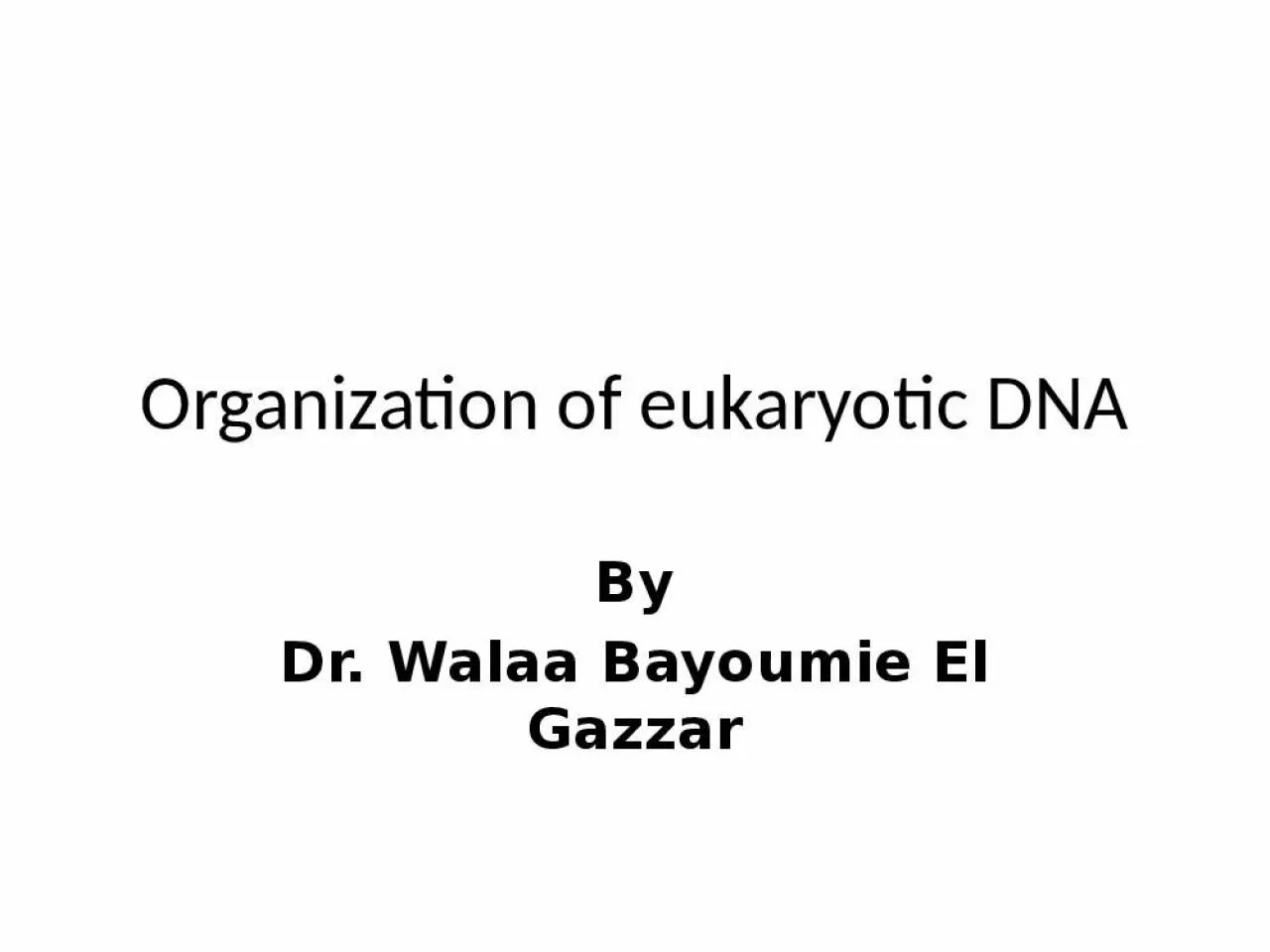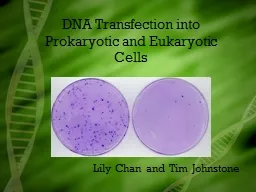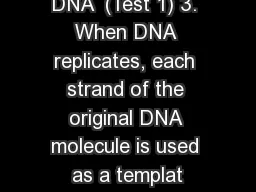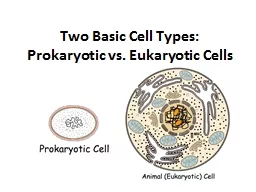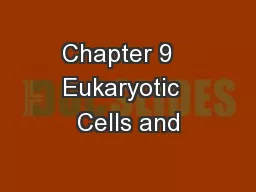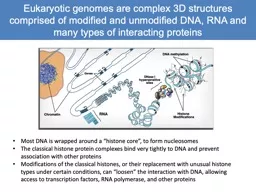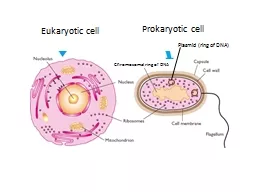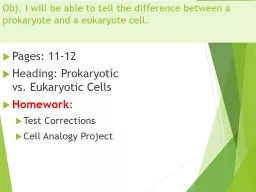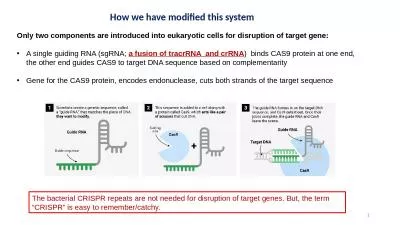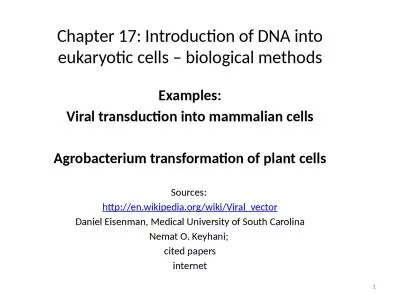PPT-Organization of eukaryotic DNA
Author : skylar | Published Date : 2022-04-07
By Dr Walaa Bayoumie El Gazzar Chromatin The simplest form of chromatin is present in non dividing eukaryotic cells when chromosomes are not sufficiently condensed
Presentation Embed Code
Download Presentation
Download Presentation The PPT/PDF document "Organization of eukaryotic DNA" is the property of its rightful owner. Permission is granted to download and print the materials on this website for personal, non-commercial use only, and to display it on your personal computer provided you do not modify the materials and that you retain all copyright notices contained in the materials. By downloading content from our website, you accept the terms of this agreement.
Organization of eukaryotic DNA: Transcript
Download Rules Of Document
"Organization of eukaryotic DNA"The content belongs to its owner. You may download and print it for personal use, without modification, and keep all copyright notices. By downloading, you agree to these terms.
Related Documents

